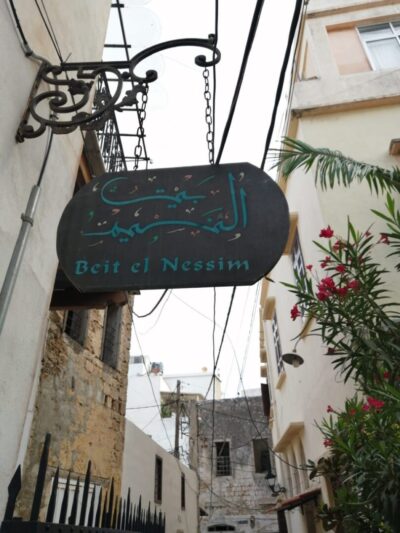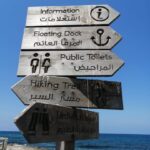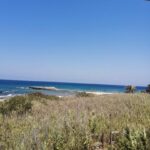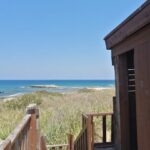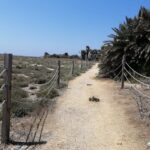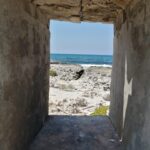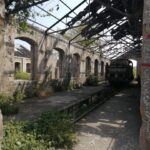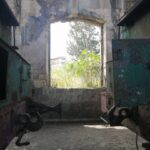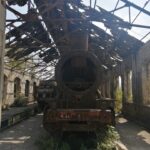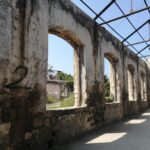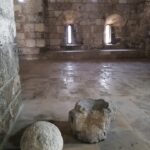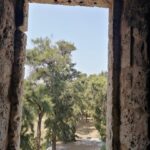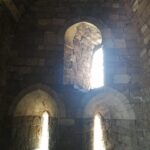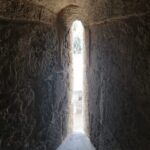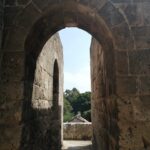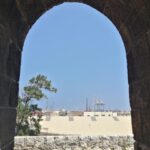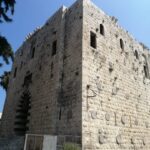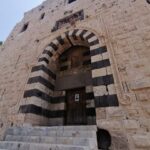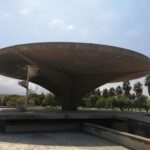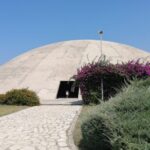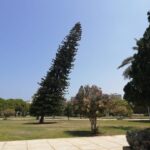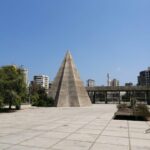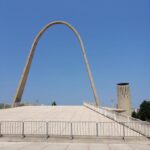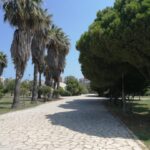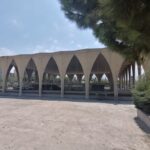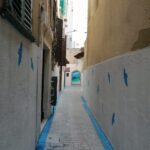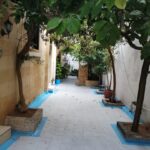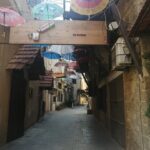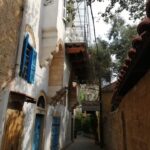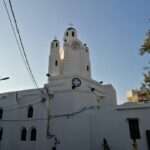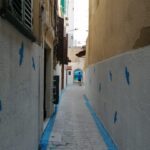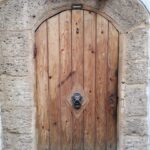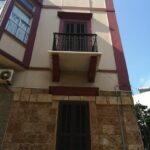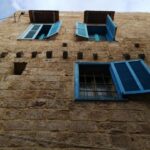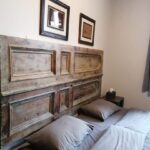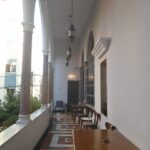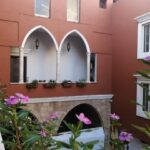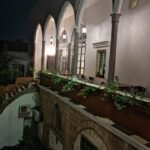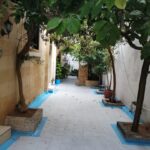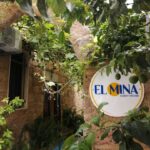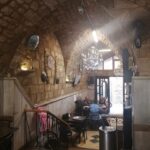Mini guide to El Mina - Tripoli
El-Mina or El Mina, is a coastal independent town in Tripoli, Northern Lebanon. El-Mina occupies the location of the old Phoenician city of Tripoli. It acts as the harbour city for modern neighbouring Tripoli, Lebanon’s second-largest city, situated 5 km to the east. Wikipedia
Things to do / Places to visit in El Mina - Tripoli
Rabbit Island / Palms island
Recommendations: Bring your own food & drinks, umbrella, towels, sunscreen, garbage bags, swimming shoes (some parts of the shore are slippery / rocky).
The trip to the island is around 30 min by boat, Nour Group is one of many companies that transport to the island.
The island needs a lot of maintenance and care.
Old train station
The Tripoli railway station is located near El-Mina, Tripoli, Lebanon. It began operating in 1911 and was connected to the Syrian city, Homs, with a single track. It formed the terminus of the Orient Express line in the twenties, thirties and forties of the last century. Tripoli station was connected to the central station of Beirut (Mar Mikael) in 1945.
Lion Tower
The Lion Tower (Arabic: برج السبع, romanized: Burj es-Sabaa) is a small fortress located at the far eastern end of the Tripoli harbor in North Lebanon. The tower was named after the relief decorations depicting lions that used to line the façade. The structure dates back to the end of the fifteenth century and is attributed to Mameluke Sultan Qaitbay.
The tower is considered an exceptional example of military Mameluke architecture. Its portico is adorned with stripes of black and white ashlar stones, and ancient Roman columns were laid down horizontally to reinforce the tower’s wall. The ground floor is one single large room that was decorated with armorial carvings and paintings, traces of which can still be seen.
Rachid Karami International Fair
Historical overview
During the mid-20th century, a recently-independent Lebanon was gaining popularity as an international and regional destination and Beirut became known as “the center of the Middle-East”. The Presidency of Fouad Chehab (1958-1964) ushered in a new era of modernization and social liberalization in Lebanon, relying, unlike his predecessors, on a strong central state. Chehab’s main goal was to curb growing inequality between the wealthy merchant cosmopolis of Beirut and the poor underdeveloped rural areas. The concept of, what came to be known as, the Rachid Karami International Fair (RKIF) was tied to Chehab’s embrace of social welfare, and intended to make Tripoli a cultural and economic locus outside of Beirut. It also evidenced a politics of optimism, which assumed a better future for Lebanon. Designed by renowned Brazilian modernist architect Oscar Niemeyer in 1962, the RKIF was loosely inspired by his earlier design for Brazil’s futuristic new capital, Brasilia. The fairground was built to house a planned permanent international fair, capable of accommodating up to 2 million visitors a year, including, among others, a grand exhibition hall, a national pavilion, and an outdoor concert stage. Construction began early 1964, and was executed by the local companies Abouhamad, ACE and Dar Al-Handasa.
However, the RKIF remained unfinished 10 years later. This was due to successive interruptions in its construction as funds needed to be secured to enable each new phase of work. Then, in the spring of 1975, when the fairground was on the verge of being finalized, violence erupted: the Civil War and, later, foreign military control, left the fairground incomplete and abandoned for years. At the turn of the 21st century, the RKIF’s cultural and historical significance finally gained worldwide recognition. In 2018, thanks to rousing local efforts to protect and revitalize the complex, the RKIF was added to UNESCO’s World Heritage tentative list. The development of a conservation plan has since been initiated. While the finalization of the Conservation Plan and the complex’s full inscription on the official World Heritage List are underway, the fairground needs immediate maintenance and some structural repairs to preserve its integrity. It is our hope that the Lebanese State will give due attention to this gem of modern heritage by securing the necessary funds to enable the preservation, and eventual rehabilitation, of the RKIF.
Where to sleep in El Mina - Accommodation
Azur Suites Hotel & Apartments
El Mina Guesthouse
Beit El Nessim
